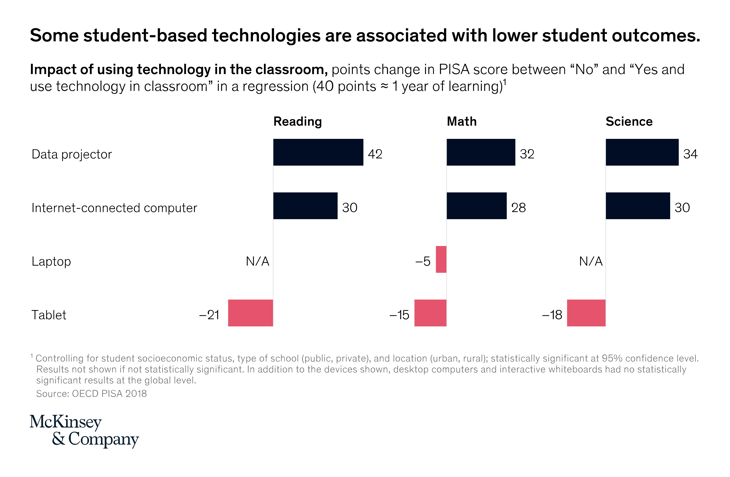International Phonetic Alphabet in Word
The International Phonetic Alphabet (IPA) is a system of symbols used to represent sounds of human speech in written form. It is a powerful tool for linguists, language learners, and speech pathologists in accurately transcribing and analyzing spoken language. With its wide range of symbols, the IPA provides a standardized way to describe the sounds of any language, making it easier to study and understand linguistic differences and similarities.
The Need for an International Phonetic Alphabet
While written languages vary greatly across different cultures and regions, the sounds used in speech are universal. The IPA was created to bridge the gap between the diversity of spoken languages and the limitations of written alphabets. By representing speech sounds with unique symbols, the IPA allows linguists to accurately describe and compare the phonetics of different languages. This enables the study of language patterns, pronunciation, and dialects, aiding in language acquisition and linguistic research.
Benefits of Using the International Phonetic Alphabet
The IPA serves several purposes in the realm of language and speech. Firstly, it provides a standardized method for transcribing sounds, allowing accurate representation of pronunciation. This is particularly useful for language learners who can reference the IPA to understand the correct pronunciation of unfamiliar words. Additionally, the IPA helps in documenting endangered languages or dialects, preserving their unique sound systems for future generations. It also aids speech pathologists in diagnosing and treating speech disorders, as they can use the IPA to analyze and describe the speech patterns of their patients.
Tips for Utilizing the International Phonetic Alphabet
When using the IPA, it is important to familiarize yourself with the different symbol categories and their corresponding sounds. Practice transcribing words and phrases in your target language using the IPA to improve your pronunciation accuracy. Additionally, explore resources such as pronunciation dictionaries that provide IPA transcriptions for words, allowing you to learn and pronounce new vocabulary correctly.
About the International Phonetic Alphabet
The International Phonetic Alphabet was first created by the International Phonetic Association in the late 19th century and has since been revised and expanded to include a comprehensive set of symbols representing all known speech sounds. It is widely used and recognized by linguists, scholars, and language enthusiasts around the world.
Famous Personalities Who Use the International Phonetic Alphabet
Many renowned linguists, phoneticians, and language researchers have relied on the IPA in their work. Notable figures such as Noam Chomsky, Peter Ladefoged, and Daniel Jones have extensively used the IPA to understand and analyze various aspects of human language, including sound patterns, accents, and dialects.
Practical Tips for Using the International Phonetic Alphabet
When utilizing the IPA, it is recommended to practice by transcribing familiar words or phrases in your native language first. This will help you become familiar with the symbols and corresponding sounds before delving into more challenging words or foreign languages. Additionally, exploring online resources and pronunciation guides that incorporate the IPA can greatly assist you in improving your pronunciation skills.
Featured Applications of the International Phonetic Alphabet
The IPA finds applications in various domains, including linguistics, language teaching, speech therapy, and accent reduction training. It is an invaluable tool for linguistic researchers, as it allows for precise transcription and analysis of speech. Language teachers use the IPA to aid their students in mastering correct pronunciation. Speech therapists utilize the IPA to diagnose and treat speech disorders, providing tailored interventions based on accurate IPA transcriptions. Additionally, actors and public speakers often use the IPA to perfect their pronunciation and delivery.
Comparing the International Phonetic Alphabet
When comparing the IPA with other phonetic notations, such as narrow transcriptions or regional-specific pronunciation guides, the IPA stands out as the most comprehensive and widely recognized system. Its extensive collection of symbols covers a broad range of speech sounds, allowing for precise phonetic descriptions and comparisons. This makes the IPA a valuable tool for linguistic research and communication across languages.
Facts about the International Phonetic Alphabet
The International Phonetic Alphabet is not limited to phonetic transcription. It also includes symbols for suprasegmental features, stress, pitch, and intonation. These symbols provide additional information about how words and sentences are pronounced, allowing for a more comprehensive analysis of spoken language. The IPA is continuously evolving to accommodate new research findings and linguistic developments, making it an indispensable resource for language professionals and enthusiasts.
Question and Answer about International Phonetic Alphabet in Word
Q: How can the International Phonetic Alphabet help in language learning?
A: The IPA provides a consistent and accurate representation of the sounds used in different languages. By studying the IPA transcriptions of words, language learners can understand and reproduce the correct pronunciation, helping them communicate more effectively in their target language.
Q: Can the International Phonetic Alphabet be used to transcribe any language?
A: Yes, the IPA is designed to represent the sounds found in all human languages. It provides a universally recognized set of symbols that can accurately transcribe the phonetics of any language, regardless of its writing system or phonetic complexity.
Q: How is the International Phonetic Alphabet beneficial for speech pathologists?
A: Speech pathologists use the IPA to analyze and describe the speech patterns of their patients. By transcribing speech using the IPA, they can identify speech disorders, assess progress during therapy, and develop personalized treatment plans to improve speech clarity and articulation.
Q: Where can I find resources to learn more about the International Phonetic Alphabet?
A: There are numerous online resources, including websites, textbooks, and interactive tools, dedicated to teaching and explaining the use of the International Phonetic Alphabet. These resources provide in-depth explanations, exercises, and examples to help learners become proficient in using the IPA.
Conclusion
In conclusion, the International Phonetic Alphabet is a crucial tool for accurately representing and transcribing the sounds of human language. Its applications extend to various domains, including linguistics, language learning, and speech therapy. By understanding and utilizing the IPA, individuals can enhance their language skills, promote effective communication, and gain insights into the rich diversity of spoken languages around the world.
If you are looking for METU INT22: INTERNATIONAL PHONETIC ALPHABET you’ve came to the right page. We have 10 Images about METU INT22: INTERNATIONAL PHONETIC ALPHABET like METU INT22: INTERNATIONAL PHONETIC ALPHABET, International Phonetic Alphabet Use Beyond Two-Way Radios | Phonetic and also phonetic alphabet – Google Search | Phonetic alphabet, Morse code. Read more:
METU INT22: INTERNATIONAL PHONETIC ALPHABET
metuint22.blogspot.com
alphabet phonetic international chart phonemic english ipa sounds words practice metu august
MWO: Forums – Wtf Is Indigo?! (Nato Phonetic Alphabet)
mwomercs.com
alphabet phonetic nato print english indigo poster military international code letters words hotel aviation basic training wtf callsigns echo yankee
(T2C03) Standard Phonetic Alphabet – Ham Radio School.com
www.hamradioschool.com
alphabet phonetic military chart phonetics spelling alpha standard international radio learn charts imgur beta english ham talents useless name charlie
English Language – Vocabulary | Britannica
www.britannica.com
Phonetic Code For Alphabet | Military Alphabet
military-alphabet.net
phonetic nato plainly interaction sensible
Phonetic Alphabet – Google Search | Phonetic Alphabet, Morse Code
www.pinterest.fr
phonetic
International Phonetic Alphabet Use Beyond Two-Way Radios | Phonetic
www.pinterest.fr
phonetic chicomm ipa radios beyond dialects macgillivray
International Phonetic Alphabet (IPA) | Definition, Uses, & Chart
www.britannica.com
alphabet phonetic international chart britannica
International Phonetic Alphabet – Google Search | Phonetisches Alphabet
www.pinterest.com
alphabet phonetic international english ipa words advanced sounds language phonetics letters englisch ascii phonetisches pentagon developed arpa research projects agency
International Phonetic Alphabet
dictioninfo.blogspot.com
International phonetic alphabet. Alphabet phonetic nato print english indigo poster military international code letters words hotel aviation basic training wtf callsigns echo yankee. Alphabet phonetic international english ipa words advanced sounds language phonetics letters englisch ascii phonetisches pentagon developed arpa research projects agency



